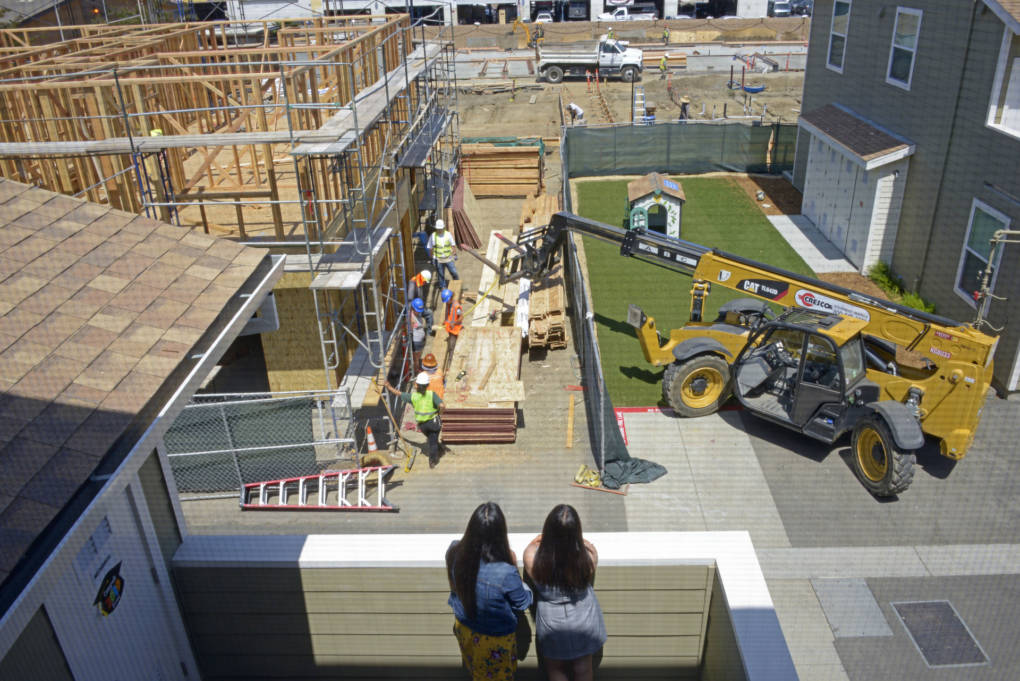“In the absence of this information, the State cannot determine whether these programs represent the best use of its funds,” the report states.
At the local level, neither city studied could account for all of its homelessness-related funding and spending despite receiving hundreds of millions of dollars, according to the report. The auditor blames a failure to establish a system for tracking and reporting spending.
“The absence of such a mechanism limits the transparency and accountability of the cities’ uses of funding to address homelessness,” State Auditor Grant Parks wrote in a letter to the governor and legislators.
The cities weren’t tracking how effective their contracts with service providers were or holding them to clear performance measures, the audit found.
And, despite clear evidence that placing people in permanent housing leads to better outcomes, both cities have invested heavily in developing temporary shelters and still lack the capacity to house their homeless residents at those sites. While both cities are developing permanent housing, neither “has a clear, long‑term plan to ensure that they have the housing necessary,” according to the report.
Susannah Parsons, director of policy and legislation for All Home, a Bay Area-based nonprofit, said that without ongoing funding to build housing at scale for people exiting homelessness, cities will continue to fall short. She was heartened, she said, by a proposed $10-$20 billion regional affordable housing bond for the Bay Area that could appear on the November ballot.
“Without the ability to really fund more permanent housing solutions, folks will be stuck waiting outside for that permanent housing solution, or they will be moving inside to interim solutions, but without anywhere to go,” she said.
Some other report findings included:
- The state agency in charge of coordinating and tracking the effectiveness of its programs — the California Interagency Council on Homelessness (Cal ICH) — has not tracked or reported on the state’s funding for homelessness programs since 2023, when it issued a report covering fiscal years 2018 through 2021. Currently, it has no plans to perform a similar assessment in the future, according to the report.
- Cal ICH’s actions are not aligned with goals mandated by the Legislature. The report notes that without this alignment, the agency “lacks assurance that the actions it takes will effectively enable it to reach those goals.”
- Cal ICH has no consistent method for gathering information on homelessness programs’ costs and outcomes. “As a result,” the report noted, “the state lacks information that would allow it to make data‑driven policy decisions and identify gaps in services.”
- Cal ICH doesn’t know whether the data it gathers is accurate, nor has it used that data to evaluate whether programs to address homelessness are working.
- The report found that 86% of people placed in housing statewide moved into interim housing rather than permanent housing.
- When people left interim housing, only 13% moved into permanent housing. By contrast, 44% of the people who left interim housing returned to homelessness.
- When people were placed in permanent housing, they returned to homelessness 4% of the time.
As street homelessness becomes increasingly visible, public skepticism of the state’s response has grown.
A demonstration of that skepticism came during the March election, when voters approved Gov. Gavin Newsom’s latest effort to tackle the homelessness crisis by the thinnest margins.
Newsom raised more than $13 million promoting Proposition 1, which will compel county behavioral health departments to spend some of their funding on housing and drug treatment programs.



